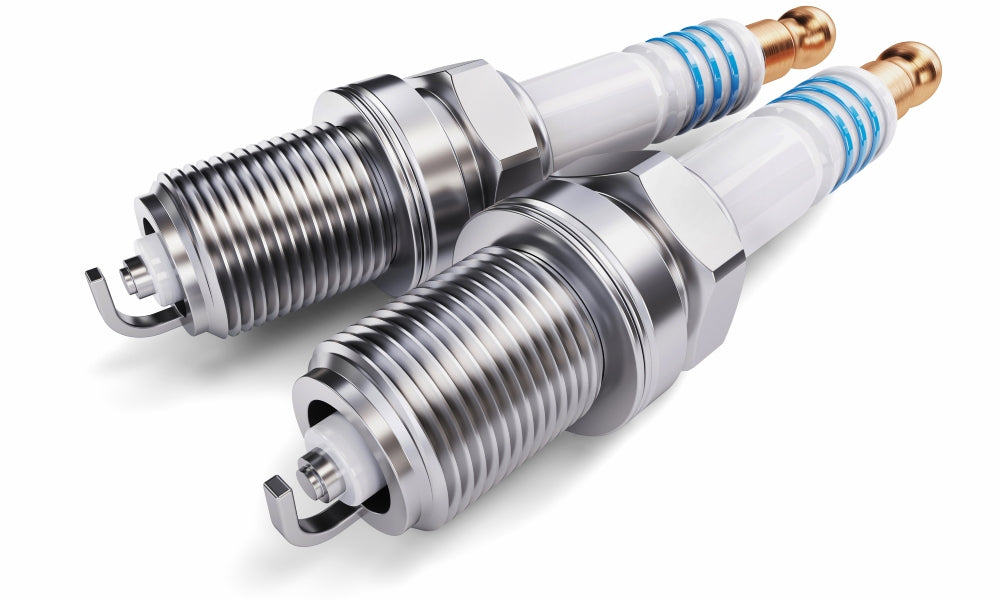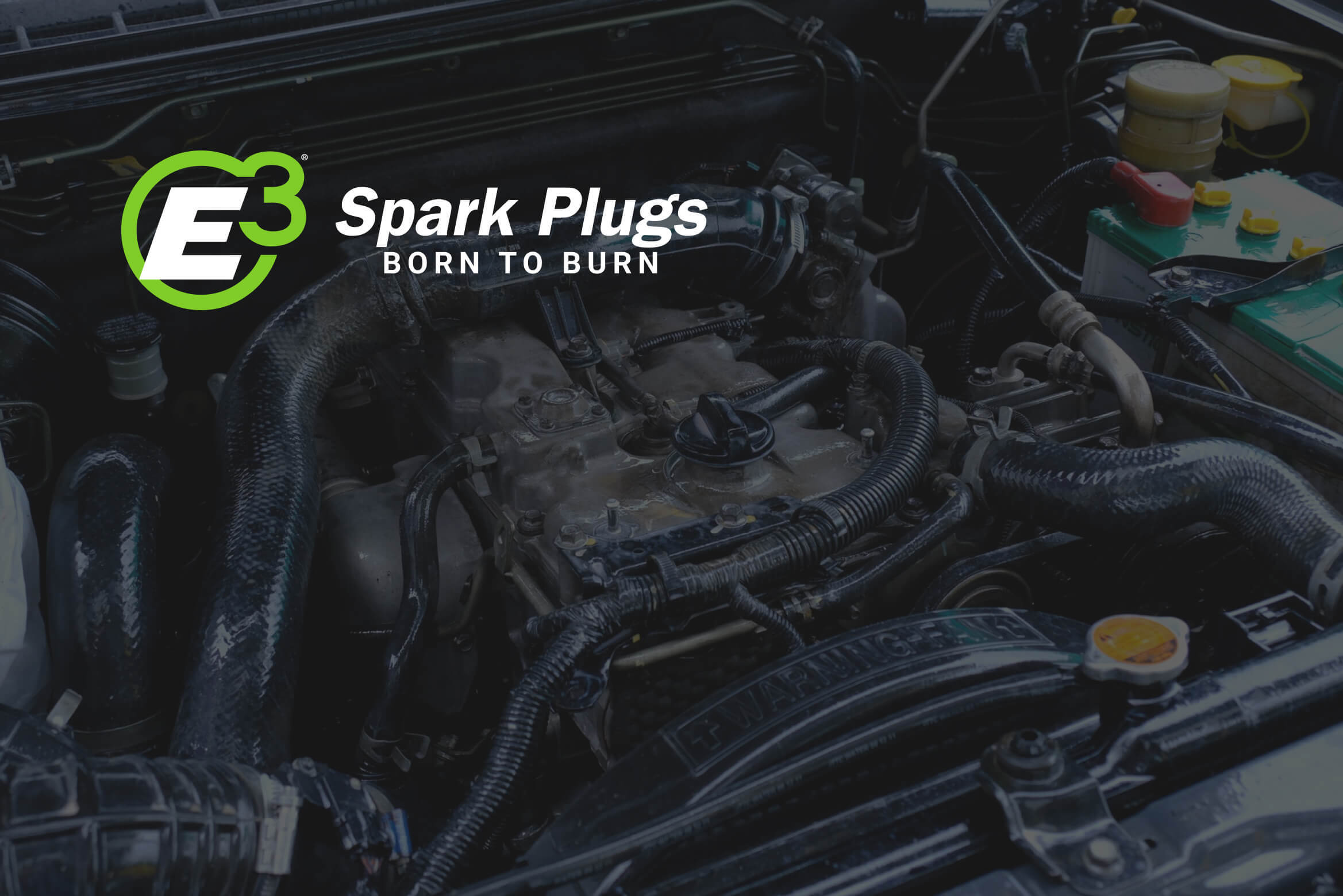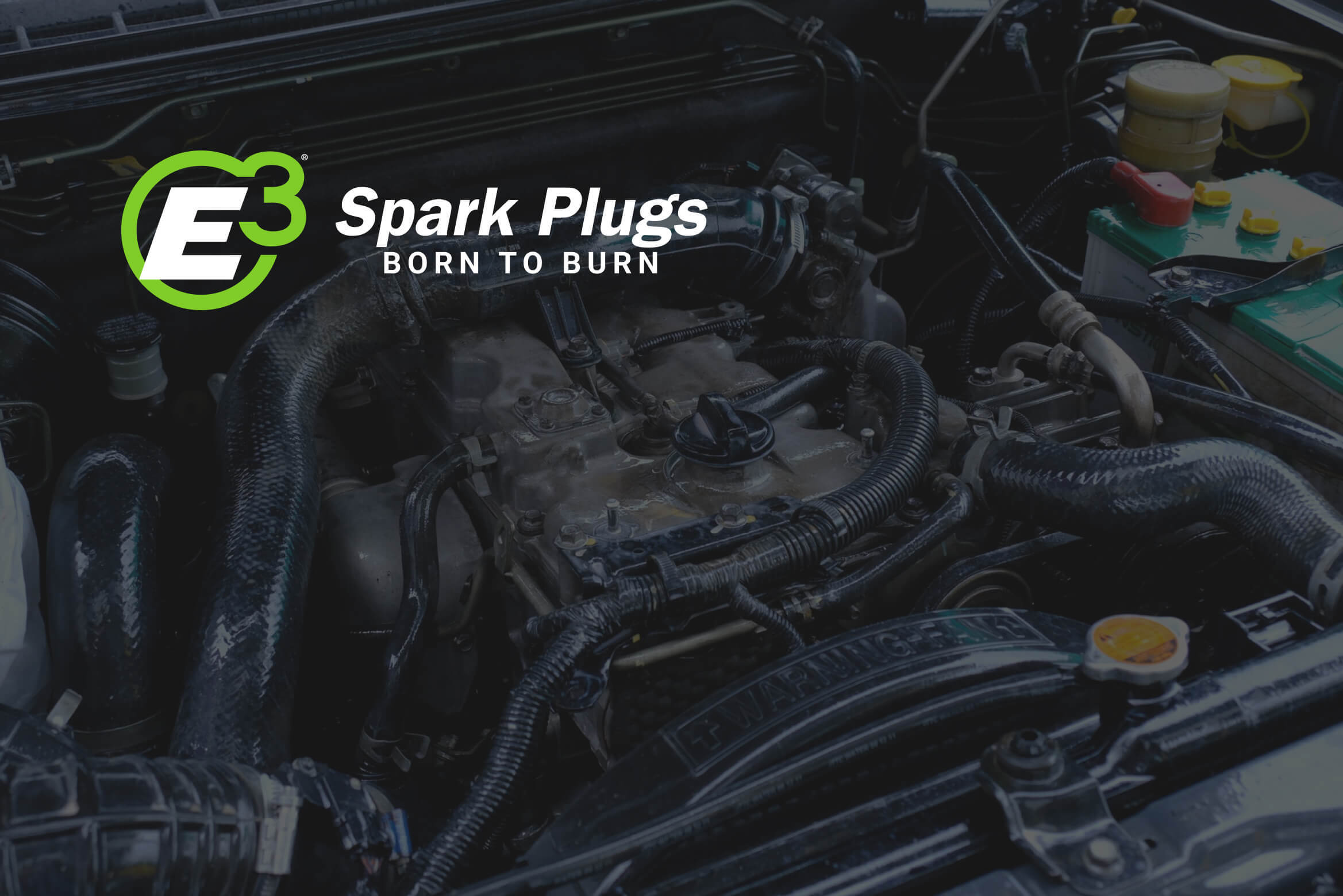If your vehicle has a little less spunk lately, it might be time to change your spark plugs. A quick inspection can not only tell you if it’s time for new spark plugs, but can speak volumes about your automobile’s engine condition as well. Light brown or tan colored deposits on the tip of your spark plugs are normal. But deposits of different colors and consistencies can be indications of bigger problems. Here are a few things to look for:

Your spark plugs hold numerous clues about your engine's conditition.
A yellow glaze on the spark plug’s electrode and the tip can inhibit conductivity, keeping the spark from being able to jump the gap. Clean it by spraying your spark plug with brake cleaner, letting it soak for about 10 minutes, then wiping it with a clean cloth.
If your spark plug is white in color or appears blistered, that means something is making the plug run too hot. Check for problems in your engine’s cooling, a lean fuel mixture or incorrect ignition timing. A melted electrode on your spark plugs means that they’ve been running too hot for too long and could burn a hole through the top of a piston.
A black, feathery carbon deposit on your spark plugs can be an indication of a weak spark or an overly rich fuel mixture. Causes may include a stuck choke, misadjusted or heavy carburetor float, a leaky injector or carburetor needle valve, low coil output or high resistance in your spark plug wires. A dead oxygen sensor or coolant sensor also can be a cause of carbon fouling.
A heavier, oily black deposit means that oil is being sucked down into the combustion chamber, likely via worn valve guides, guide seals or piston rings or a cracked piston. Check for oil consumption problems including leaky valve cover gaskets, crankshaft end seals and oil pan gaskets. Tightening your automobile’s valve cover or pan bolts may prove a temporary fix, but you’ll likely need to replace the gasket.
A wet spark plug likely means that it hasn’t been firing due to engine flooding or a bad ignition cable. Dirt or moisture on the outside of the spark plug that provides a conductive path to ground, or an internal crack in the spark plug’s ceramic insulator that shorts the plug to ground also can be the culprit.
If your spark plugs’ electrodes are smashed flat or broken, they likely are the wrong spark plugs for your engine. If a spark plug is too long, it can protrude into the combustion chamber and hit the piston or a valve. This could not only shatter your spark plug into the piston, but shatter the piston itself or damage the head. A spark plug that is too short will cause your engine to buck. The spark won’t ignite your fuel correctly and can cause poor gas mileage, plus prompt your check engine lights. E3 Spark Plugs provides online catalogs to make sure you’ve got the right spark plug for automotive, power sports and lawn & garden equipment engines.
A split or chipped spark plug insulator is a sign of pre-detonation, also called “spark knock.” Check for engine overheating or ignition timing problems, a faulty EGR valve or excessive compression caused by a clogged combustion chamber.
Reading your spark plugs can provide multiple clues about your engine’s condition and save you tons of money.







